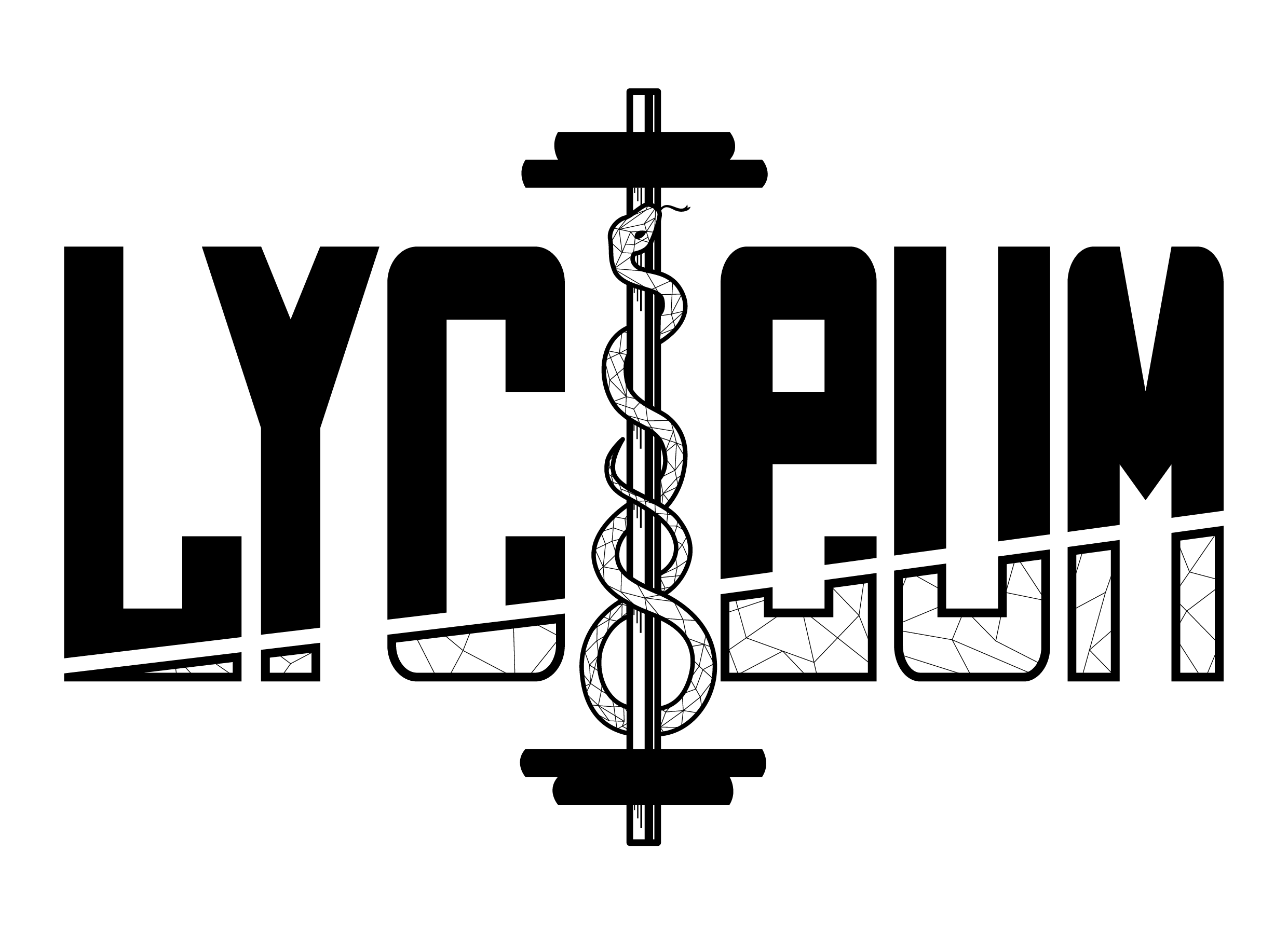Three Mistakes San Antonio Lifters Are Making
Why Proper Form Beats Ego Lifting — Lessons from
Lyceum Gym SA Trainers
At Lyceum Gym SA, we see it every day — someone chasing numbers before mastering form. Ego
lifting might look impressive for a rep or two, but it’s the fastest route to injury and plateaus. Our trainers
emphasize foundational technique because real strength isn’t about how much you can move once —
it’s about how you move every time. By dialing in your mechanics, you’ll not only prevent injuries but
actually lift more in the long run. Progress comes from consistency, not shortcuts.
When lifting, regardless of intended result, the technical aspects play a significant role. In bodybuilding, or otherwise hypertrophy training, technique is used to eliminate the use of excessive load that might be needed to achieve a significant enough volume to the intended muscle to elicit a growth response. In more direct strength training, as in olympic weightlifting or powerlifting, technique is used to ensure maximal load is achieved while maintaining joint positions that are the least like to take injury under the highest possible forces. Ego lifting, or lifting in a manner that sacrifices technical aspects such as range of motion, tempo control, or joint position to enhance the weight be some degree. Often the degree of risk is proportional to the degree of technicality sacrificed. Nominal sacrifices yield nominally enhanced risks, while substantial technical sacrifices produce substantially enhanced risks.
What would be wise to consider doing with your own training: record your sets. Not with the intent to post, but with the intent to review your technique, particularly across time. Apps like Coach's Eye can be extremely useful for reviewing joint angle changes. For each exercise you are looking to improve (like deadlift for powerlifters, snatch for olympic lifters) record your sets from as close to the same angle and distance as is possible so you can accurately assess how things are changing across time. You'll also be able to spot deficiencies in the execution of the lifts, especially with modern cameras being able to record with clarity at a high frame rate.
Train hard. Train smart. Train the Lyceum way.
3 Mistakes San Antonio Lifters Make in Week 2 of
Their Program
The second week of a new program is where motivation dips and mistakes start. At Lyceum Gym SA, we’ve seen it all — from skipping recovery days to pushing past fatigue without purpose. The top three pitfalls: (1) Ignoring rest and mobility, (2) Adding random lifts outside your plan, and (3) Neglecting nutrition. Success isn’t about doing more; it’s about doing what matters most, consistently.
It is sometimes said, correctly, that we don't get big and strong from lifting, we get big and strong from recovering from lifting. Recovery is mostly a passive process, insofar as the best plan to recover is to find some ways to destress that don't involve any degree of physical activity that leads to fatigue. Maybe it is going to a comedy show, maybe it is a couple hours at a spa, or just binge watching a good streaming series. Add that activity plus good quality sleep and you have a recipe for recovery. Mobility plays into recovery in that it reduces the immediate burden on your connective tissues and joints. By reducing or eliminating unnecessary strains and tension across those tissues you'll decrease a significant source of injuries and needed recovery time.
Adding random lifts seems like a good idea to “shock” your muscles. But the reality is constant changeup doesn't suddenly promote a boost to results, it just ensures you're not progressively able to overload your lifts. Gentle progression is the hallmark of gaining strength and size. A good friend once said, “If you want to get really strong make good friends with the 2.5lbs plates.” He was right, slowly adding weight to lifts you're really good at tends to elicit true strength development over the long term. Adding random lifts serves only to create unnecessary joint fatigue from the lack of recent experience with lifting a given weight in a certain manner.
Nutrition neglect tends to come from two major sources that I see. For those looking to build muscle and strength, a lack of protein in the diet. For people who engage in regular resistance training it is imperative to get roughly 1g of protein per pound of body weight each day. And source quality does matter, but we'll get into amino profiles at a later date. For people trying to lose body fat the main issue we encounter is excess dietary fat. Carbs can be a problem, but at 4kcals/g they don't tend to be the main source of excess calories in one's diet. However, fat at 9kcals/g are very easy to over-consume. Plus fat is delicious. In a large ribeye steak picked up at a local grocery store you might end up consuming 90g of fat. That's 810kcals just from the fat in the steak, and this isn't a specialty butcher shop selling a Flintstones sized slab of meat. A wise approach would be to track the foods you most often consume with a tracking app and a food scale for a couple of weeks. You'll learn what the insidious sources of fat are in your diet and reveal how little protein there might be in your favorite “protein packed” foods.
